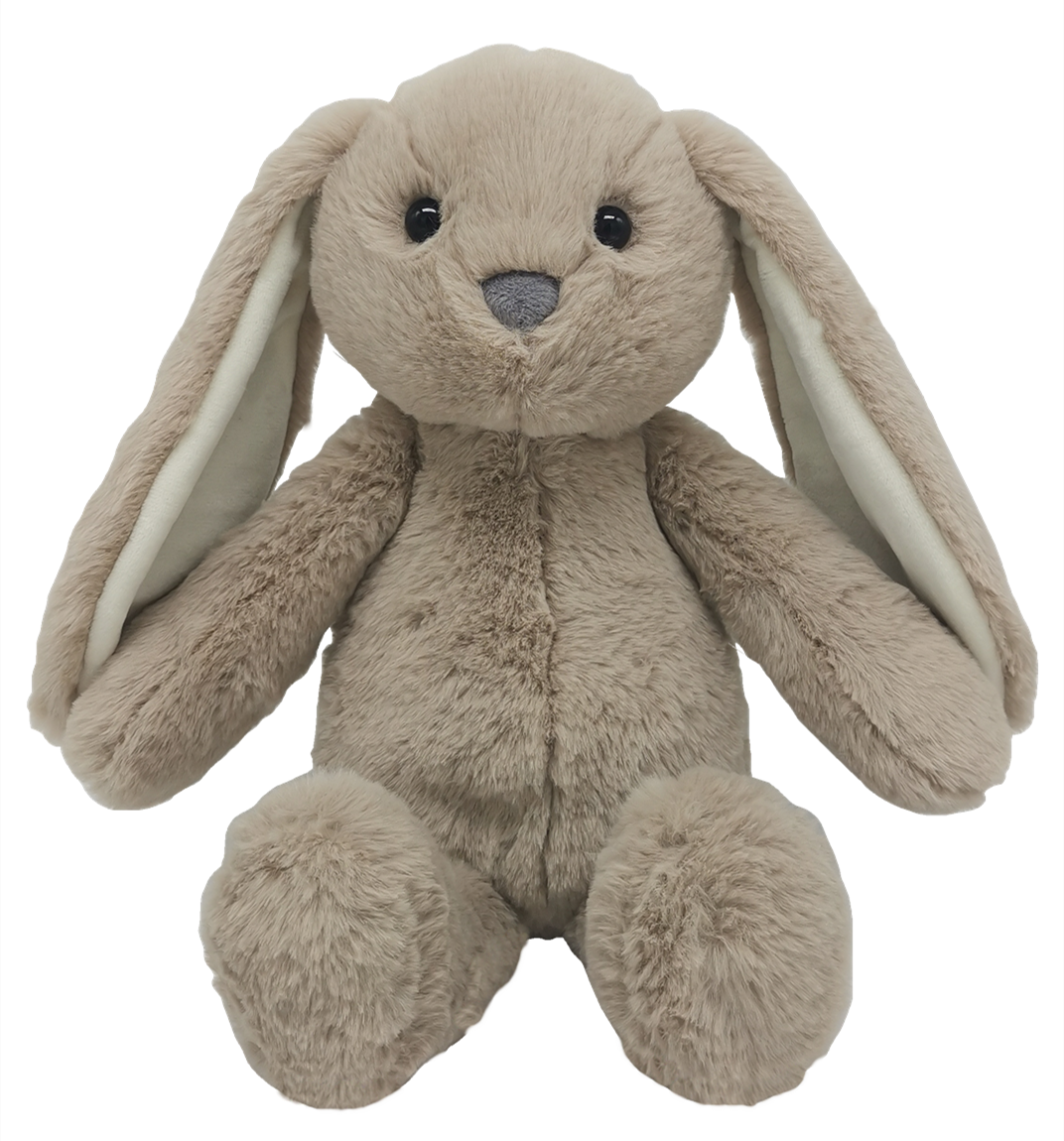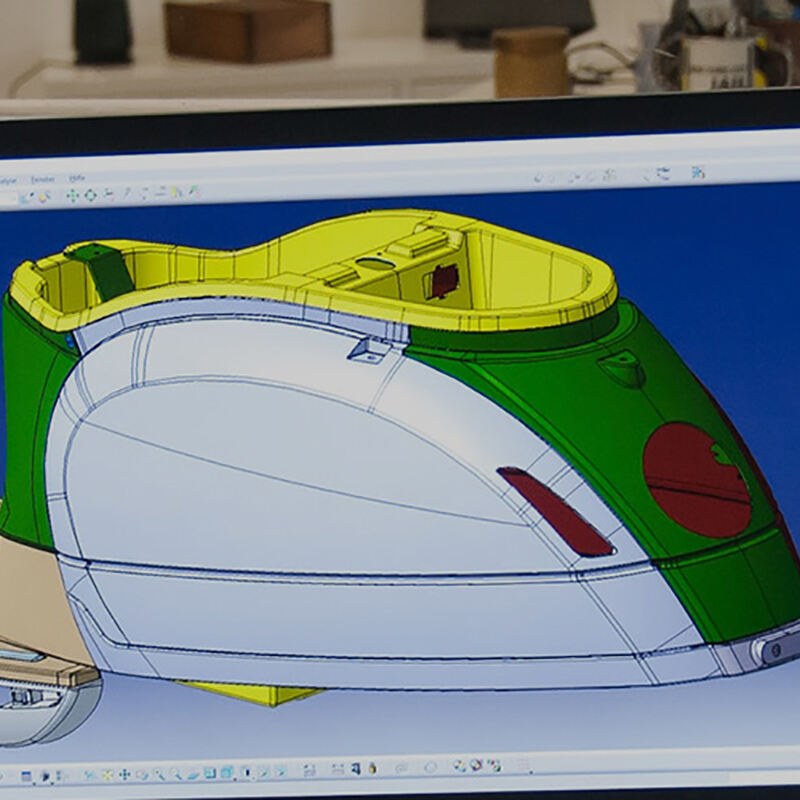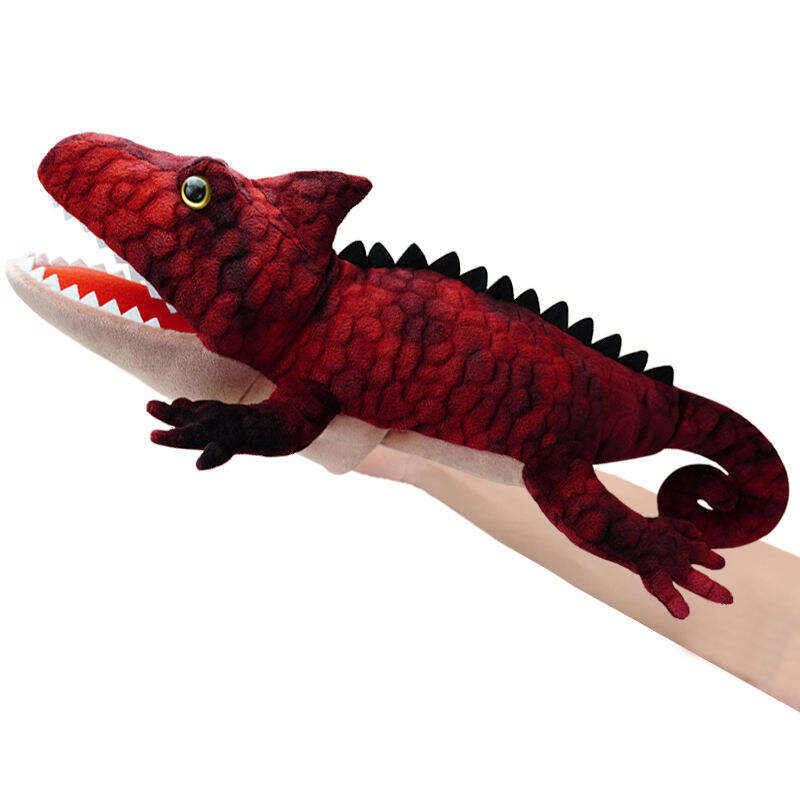Safety Standards in Baby Soft Toys: Material Selection and Quality Assurance
2025
Key Safety Standards for Baby Soft Toys
International Compliance and Testing Protocols
Following international safety standards such as EN71 and ASTM F963 really matters when making sure plush toys meant for babies are safe enough. These standards basically set out what needs to be done regarding things like how toys handle wear and tear, chemicals they might contain, and whether they catch fire easily. Manufacturers have got to follow all these rules if they want their products on store shelves. The EN71 standard comes from the European Committee for Standardization and applies across Europe where it's required law for any toy sold there. Over in America, the ASTM F963 standard set by the American Society for Testing and Materials does pretty much the same thing but for US markets. When companies make plush toys, they put them through all sorts of tests looking at how well they hold up physically and mechanically so parents know they won't fall apart during normal playtime. Getting certified under these standards isn't just about being able to sell toys somewhere new though. Parents care deeply about this stuff too. Certification bodies around the world keep showing time after time why these regulations matter so much to everyone involved in the toy business.
Avoiding Choking Hazards and Toxic Materials
Keeping baby soft toys away from choking dangers matters a lot for little ones' well being. Parents worry constantly about tiny bits coming loose from stuffed animals - think those decorative buttons or long ribbons that toddlers might pull off and swallow. Smart manufacturers know this risk all too well and design around these potential problems in their products. The materials matter just as much though. Stuffed animals need to be made with stuff that won't hurt kids if they chew on them. Most plush toys follow pretty tough rules now that ban dangerous chemicals like lead, mercury, and cadmium from being present in any part of the toy. Looking at recall numbers tells us something important too. A big chunk of all toy recalls happen because of either choking risks or unsafe materials getting past quality checks. That's why following safety standards isn't optional but necessary work for anyone making toys meant for babies to hug and play with safely.
Material Selection for Safe Plush Toys
Hypoallergenic and Non-Toxic Fabrics
When it comes to plush toys for kids with sensitive skin, picking out hypoallergenic and non-toxic fabrics really matters if we want to cut down on allergic reactions. Organic cotton and bamboo stand out here because they offer both comfort and safety factors since these materials just don't trigger allergies as often as other options do. More and more parents are going this route nowadays, especially those worried about their little ones' health. We see this trend showing up everywhere from toy stores to online marketplaces where eco-friendly stuff keeps gaining ground. Market surveys actually show that over 60% of modern parents actively look for plush toys made with safer materials when shopping for their children. And let's face it, nobody wants their kid coughing or itching while playing with their favorite stuffed animal all day long.
Durability and Flame Retardant Requirements
Plush toys need to last through lots of wash cycles and still hold together after all the rough handling kids give them. When manufacturers make sure these toys can take a beating, they actually last longer which means fewer replacements and better safety for little ones playing with them. Another important factor in toy safety comes down to knowing what flame retardant rules apply where the toys will be sold. Different countries have their own regulations about this stuff, so getting it right matters a lot. Safety groups that watch over toys really push companies to include proper flame retardants in their products. Beyond just preventing fires, these safety features give parents something else to feel good about when their kids are playing around with soft toys at home.
Quality Assurance in Plush Toy Manufacturing
Rigorous Testing Phases
Quality checks for plush toys go through several tough testing stages before anything hits store shelves. Companies run all sorts of material tests and safety inspections to make sure none of their stuffed animals contain bad chemicals or have bits that might come loose during playtime. Most manufacturers actually build quality controls right into their assembly lines these days. This approach keeps things running smoothly while also cutting down on those nasty product recall situations we all hate. Industry data suggests that when companies stick to thorough testing protocols, they see around 40% fewer safety issues showing up later on. And let's face it, parents appreciate knowing their kids aren't playing with something potentially dangerous, so this attention to detail really builds long term trust in the brand.
Certification Processes and Documentation
The certification process matters a lot in making plush toys safe for kids. Manufacturers need to get those official labels and gather all sorts of paperwork to show they're following safety rules. When companies have clear records about their products, it helps them gain the confidence of stores and parents alike. After all, nobody wants to sell or buy stuffed animals that might be dangerous. The usual stuff manufacturers collect includes compliance certificates, detailed test results from safety checks, plus reports from independent labs that actually test the toys themselves. All these papers do more than just satisfy regulations. They basically tell everyone in the industry that this company cares about making safe, high quality products for children.
Custom Plush Toy Solutions Meeting Safety Guidelines
Create Your Own Custom Plush Toys
Making custom plush toys means matching what customers want with all those safety rules so we get something both fun and safe for everyone. People who want their own special plush can pick from lots of good materials these days, including stuff that won't irritate skin and meets important standards like ASTM F963 and EN71. These standards help keep things from catching fire easily and limit bad chemicals getting into the fabric. The whole market for personalized plush has grown so much that makers need to think about looks and feel while still following all the safety rules that actually protect people who play with them. Industry folks keep saying over and over again that putting safety first during design and manufacturing isn't just about checking boxes it's really about avoiding problems down the road when toys might have to be taken off shelves.
JOLLYTOY: Personalized Plush Creations for Every Moment
Take JOLLYTOY for instance - they manage to mix creative flair with serious safety protocols when making those custom plush toys. The company goes out of its way to pick materials that won't cause allergic reactions and designs each toy with child safety in mind. Their products meet all the necessary regulations including the CPSIA standards, but that's not where it ends. Parents love coming back because these toys actually last through rough handling, something many other plush items can't claim. Independent reviewers have also noted how well made everything is, which speaks volumes about quality control. Looking at JOLLYTOY's approach shows that companies don't have to sacrifice fun and personality just to keep things safe for kids playing with their customized creations.
Custom Soft Educative Stuffed Animal Plush Hand Puppet Toy
Soft hand puppets actually help kids grow in important ways during their early years. When kids play pretend with these toys, they naturally work on talking better, getting creative, and learning how to interact with others. Parents should pay attention to safety stuff too. The stitching needs to hold up well over time, and small pieces must be big enough so little ones can't swallow them. Teachers who work with young children often point out that good quality toys make a real difference in classroom settings. Most toy makers know this already, which is why many follow strict safety standards while still making sure the puppets remain fun for kids to play with day after day.
Choosing Safe Soft Toys for Different Age Groups
Age-Appropriate Design Considerations
Picking out safe soft toys for kids really depends on getting the design right for their age. Plush toys come in all sorts of sizes, colors, and textures, but what matters most is whether these match up with what children can actually handle at different stages. Little babies need something bright and simple that they can grab onto easily without any complicated bits, whereas bigger kids might enjoy toys with extra details or things they can press and move around. Safety rules change depending on how old the kid is too. Infant toys absolutely shouldn't contain anything tiny enough to choke on, while stuff meant for older children needs to hold up against being thrown around or chewed on. Research shows when toys fit properly with where kids are developmentally, both learning happens better and accidents decrease. The ASTM F963 standard sets down some pretty strict requirements too, making sure toys go through various tests for strength and fire resistance before they ever reach store shelves.
Ongoing Safety Monitoring for Parents
When it comes to keeping kids safe around plush toys, parents need to stay on top of things. Checking for signs of wear makes sense because those little details matter. Look out for fraying seams or stuffing that starts poking through. These problems tend to show up gradually but can become serious safety concerns if ignored. As kids get older and start playing differently, what was once safe might no longer be appropriate. A good idea is to check toy labels regularly against current age recommendations. Getting into the habit of quick weekly inspections creates safer play areas overall. Parents who do this catch small issues before they turn dangerous. Think about those tiny plastic eyes or buttons that come loose from stuffed animals - they're just waiting to become choking hazards for curious toddlers.

 EN
EN
 AR
AR
 CS
CS
 DA
DA
 NL
NL
 FI
FI
 FR
FR
 DE
DE
 EL
EL
 IT
IT
 JA
JA
 KO
KO
 NO
NO
 PL
PL
 PT
PT
 RU
RU
 ES
ES
 SV
SV
 IW
IW
 UK
UK
 TR
TR
 AF
AF
 GA
GA
 IS
IS
 LA
LA




